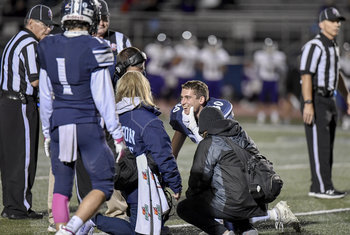Acting | Announcements |
Arguing | Audio Messaging |
Blogs | Coaching |
Collaboration | Commentary |
Criticism | Customer Service |
Debate | Dialogue in Film, Television and Theatre |
Emails | Explanations |
Fiction | Greetings |
Humor | Improv |
Influencing | Interrupting |
Interviews | Introductions |
Laughing | Listening |
Mentoring | Messaging |
Monologue | Narration |
Negotiation | News |
Nonfiction | Press Releases |
Public Speaking | Questions |
Reading to Others | Research Papers |
Singing | Social Media Posts |
Speaking Intonation | Speaking Rhythm |
Storytelling | Teaching |
Telephone Calls | Television Commercials |
Verbal Instructions | Video Game Audio |
Videoconferencing | Virtual Presence |
Voice Tone & Volume | Writing |
Overview
Verbal communication is the process of expressing meaning using language. Languages each include a rich set of concepts that capture knowledge that has been handed down from the past by a culture. As such, the use of language to communicate allows for incredibly deep and diverse thoughts to be expressed. As verbal communication depends on language it is highly cultural and isn't as easily transmitted across cultures as visual communication.
Summary
Verbal communication includes a diverse set of situations and goals from a casual conversation with a friend to an intensive debate or negotiation. This can involve specialized skills such as acting, teaching and public speaking.





























